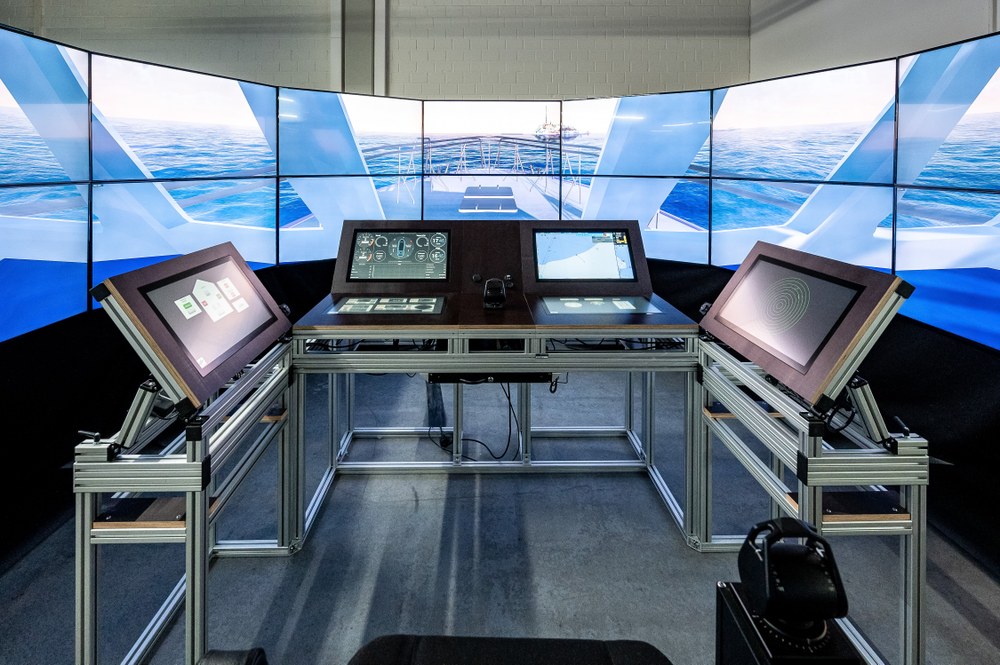Maritime Traffic Simulation

Axel Hahn
More and larger ships are sailing the world's oceans, and more and more industries are claiming and using them. Highly automated and, in some cases, remotely controlled or even autonomous ships will therefore help to increase the safety and sustainability of shipping in the future.
For this, it is necessary to validate, verify and certify the future assistance systems to enable their installation in ships and, at the same, time strengthen their trustworthiness and acceptance. Due to the effort and high costs usually associated with field tests, an early integration of simulative tests is reasonable and necessary to thereby minimize the number of field tests. Our Maritime Traffic Simulation (MTS) is predestined for testing maritime assistance systems as it offers a configurable environment as well as an own-ship simulation based on a flexible and modular system architecture.
Maritime Traffic Simulation
Our multi-agent-based "Maritime Traffic Simulation" (MTS) enables us to generate test cases for system verification and validation of maritime assistance systems. It also enables the analysis of traffic management concepts and new functions in ECDIS systems. Through standardized interfaces and the High-Level Architecture (HLA), a wide range of applications, systems as well as commercially available simulators can be connected, analyzed and generally validated. The implemented vessel behavior (including stochastic influences and non-deterministic processes) can be used to simulate realistic traffic behavior. In addition, it is possible to "replay" real recorded traffic situations by importing historical traffic situations based on AIS data. The MTS enables faster-than-real-time simulations when needed and can be used for model-, software-, and hardware-in-the-loop experiments.

Axel Hahn
Scenario Generation
Scenarios describing different traffic situations are the starting point for our simulations and are efficiently model-based using a "construction kit" of prefabricated objects such as ships, obstacles, buoys and others. Different, partly probabilistic behaviors can be assigned to the traffic participants, so that a realistic traffic simulation can be achieved. In addition, there is a scenario database based on real recorded traffic from our testbed, most of which contains trajectories leading to near-collisions. Overall, our scenarios can be tailored to a wide range of systems under test and their specific requirements. The mix of real historical data and fully simulated traffic participants is particularly helpful in generating targeted desired and meaningful situations. At the same time, the extensibility of the existing models reliably ensures applicability to changing requirements and systems in the future.
Hybride Simulation
Since validation of systems in the testbed involves a great deal of effort in test case creation and reproducibility, we have the option of saving costs and effort with a hybrid simulation in which the surrounding foreign ships are transmitted to our own ship from the simulation. We use standardized interfaces and data exchange formats to provide information to the "system under test" and the ship's sensors or control center. Thus, it is not recognizable for the own ship that the environment is partly or completely virtual.
